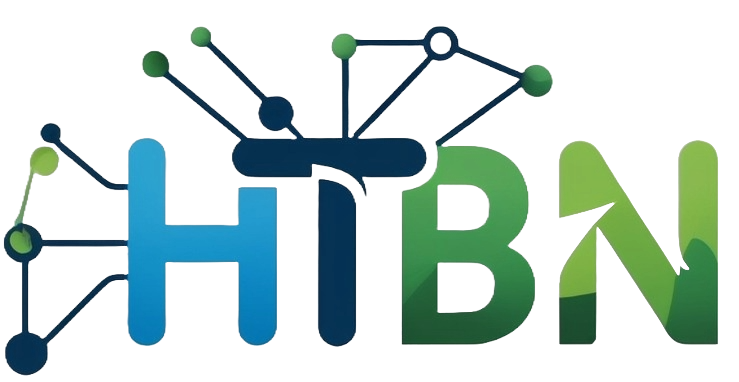What is Silly Wankok?
The term “silly wankok” is a playful expression that has found its way into popular culture, often used to describe whimsical or nonsensical behavior. While the exact origins of the phrase remain somewhat ambiguous, its components point towards a lighthearted and humorous interpretation. “Silly” inherently denotes a sense of foolishness or lack of seriousness, while “wankok” – although less commonly used – can be associated with playful antics or silliness. This unique combination has rendered it a term resonant with the notion of embracing quirkiness in social interactions.
People interpret “silly wankok” in various ways, often depending on their cultural background or personal experiences. For some, it may bring to mind certain humorous characters from television shows or films known for their light-hearted antics. Others might recall instances in their own lives where embracing the ridiculous led to laughter and camaraderie. This term encapsulates the spirit of fun and serves as a reminder of the value of not taking oneself too seriously.
Embracing silliness, such as indulging in the concept of silly wankok, can be beneficial to mental well-being. Engaging in playful behavior promotes relaxation and fosters creativity by allowing individuals to think outside conventional norms. Moreover, laughter and humor are known to reduce stress and enhance overall happiness. By incorporating a sense of silly wankok into daily life, people can create an environment that encourages openness and joy, which positively impacts relationships and personal perceptions. Thus, integrating this lighthearted concept into conversations not only brightens moods but also enriches social dynamics.
The Cultural Impact of Silly Wankok
The term ‘silly wankok’ has garnered significant cultural relevance over the past few years, infiltrating various mediums and forms of expression. Its whimsical nature resonates with audiences, serving as a platform for creativity and humor. In the realm of social media, the phrase has inspired countless memes that delight users with their absurdity and light-heartedness. The embrace of ‘silly wankok’ in meme culture highlights how humor can function as a social connector, bridging the gaps across different demographics and fostering a sense of community among participants.
Moreover, artistic expressions—such as visual arts and performances—have also woven ‘silly wankok’ into their fabrics. Artists often explore notions of silliness, transforming everyday scenarios into absurd creations that evoke laughter and joy. The playful spirit encapsulated in ‘silly wankok’ allows creators to challenge traditional norms, giving rise to new art forms that prioritize amusement over seriousness. This shifting focus toward fun encourages an openness to explore the quirky aspects of human experiences.
In the domain of comedy, the prevalence of ‘silly wankok’ has resulted in a rise in stand-up routines, sketches, and online content that celebrate chaos and craziness. Comedians leverage the absurdity of silly wankok to highlight the humor in life’s unpredictability. The ensuing laughter promotes a sense of camaraderie, reinforcing social bonds as laughter becomes a shared experience among audience members. By fostering these joyful interactions, communities have embraced the concept as a means of alleviating stress and building connections, underscoring the larger cultural significance of ‘silly wankok’ as a phenomenon that promotes positivity and lightheartedness in contemporary society.
How to Incorporate Silly Wankok in Your Life
Incorporating the essence of silly wankok into your daily routine can transform ordinary moments into extraordinary experiences. The first step is to embrace a playful mindset. Start by allowing yourself to engage in activities that bring joy and laughter. This may include playing with toys that evoke nostalgia or participating in games that emphasize silliness over competition. A simple board game night with friends where the focus is on fun rather than winning can cultivate this spirit.

Additionally, consider establishing regular fun sessions with family or friends. Whether it’s a dedicated time each week for a silly wankok movie night or an impromptu dance party in your living room, these activities can significantly enhance your daily life. Choose games that require creativity and imagination, like charades or improv sessions, which encourage everyone to let loose and express themselves without fear of judgment.
It’s also beneficial to create an environment that nourishes humor and light-heartedness. This can be achieved by decorating your space with quirky art or playful reminders that spark joy. Posters with humorous quotes or even a dedicated shelf for funny memorabilia can serve as constant sources of inspiration. Moreover, surround yourself with people who appreciate silliness and encourage laughter; social dynamics heavily influence one’s engagement with the playful aspects of life.
Lastly, make it a point to break from the seriousness of life by deliberately engaging in acts of silliness regularly. This could be as simple as a spontaneous game of tag or a day when everyone dresses in mismatched outfits. The goal is to tickle your funny bone and let go of the rigidities around yourself. By doing so, you align with the spirit of silly wankok and experience the liberating effects of humor. Embrace these practices, and you’ll likely find that life becomes a lot more enjoyable.
Embracing the Joy of Silly Wankok: Real-Life Stories
Embracing the concept of silly wankok often leads to transformative experiences for individuals and communities alike. Many have found that the simple act of engaging in whimsical activities fosters connections, encourages creativity, and ultimately enhances their overall well-being. For instance, a community organized a ‘Silly Wankok Day,’ where residents participated in costume parades, quirky games, and light-hearted competitions. This event not only brought laughter but also strengthened relationships among neighbors who may not have interacted otherwise, showcasing how silliness can serve as a catalyst for community bonding.
One personal story comes from Sarah, a teacher who introduced silly wankok into her classroom. Finding that her students were often stressed and disengaged, she implemented game days, where learning was facilitated through fun, quirky activities. Initially met with skepticism, these sessions quickly became the highlight of the week. Students expressed their joy through laughter and creativity, leading to improved academic performance and emotional well-being. Sarah noticed a marked difference in classroom dynamics, with students becoming more collaborative and enthusiastic about learning. This transformation underscored the power of silliness in education.
Moreover, individuals often share anecdotes of spontaneous silliness that brought unexpected joy into their lives. Consider John, who decided to embrace the silly wankok spirit during a notoriously tedious work meeting. He donned a playful hat and encouraged colleagues to bring their quirkiest accessories. The atmosphere lightened, and participants began sharing jokes, which not only made the meeting more enjoyable but also sparked innovative ideas that improved company morale. Stories like these highlight that embracing silliness can manifest in various forms, leading to happiness and connection in the most unforeseen places.
In exploring these real-life stories, it is evident that embracing the silly wankok spirit can encourage personal growth and community engagement. Through a blend of creativity, humor, and connection, individuals can discover joy in everyday life, reinforcing that embracing silliness holds the key to happiness.
May Be You Also Read

